Hey all!
This time I'm going to write a little about my plans for generating planets. This entry won’t go into any specific details of the terrain generation but will be just a very high level overview of the basic framework. I don't think any of the ideas in here are new.. the procedural generation community are a very clever bunch indeed! I'm always amazed how when an idea pops into my head I'm able to find an existing article about it that goes into fine detail on the subject. Anyway let's crack on!
Heightmaps & Voxels
When it comes to generating terrain an easy first choice is to generate height maps and build the terrain mesh from that. You can get some good looking results quickly by overlaying some noise generation and tweaking things here and there.

Though these can give some nice results they have limitations. For example tunnels and overhanging terrain can’t be represented in a simple height map. You also have to choose a projection scheme to map a 2D height map onto a sphere.
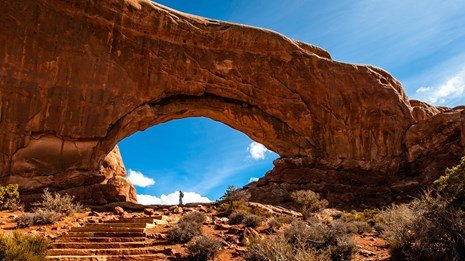
There’s another approach to terrain generation using voxels and that’s what I’m aiming to use. With voxels you can define all sorts of complex terrain and you can define what’s hiding under the ground too - whether it's seams of coal, ore or underground rivers. Many games use voxel terrains to great effect such as the infamous Minecraft. Sign me up!
In Minecraft the voxels are arranged in a grid, keeping everything nice and simple.. until you want to model a whole planet. Then you’d get something like this:
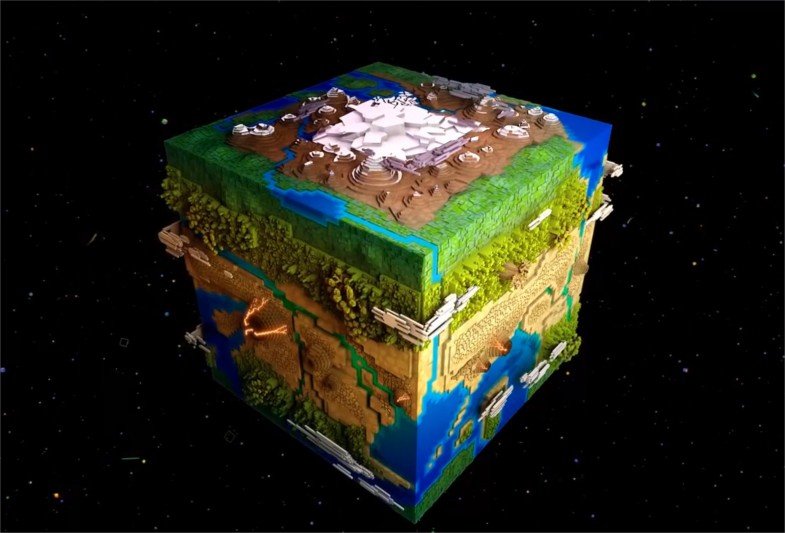
Though that does look really cool, I don’t want my worlds to be great big cubes floating in space, so what do I do? There are all sorts of solutions to building a spherical world from a voxel grid, but they seem to be full of difficult space warping, caveats and rendering complications. I’d rather not deal with these kinds of complications, so I’m going to try a different approach.
Instead of arranging the voxels in a grid I’m planning to arrange them as points on a geodesic sphere like this (imagine the vertices are voxel points):
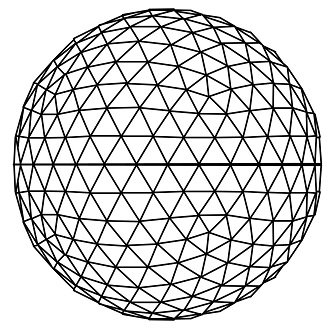
It’s like taking the space warping issues you’d need to do at the cubes edges and spreading it evenly across the entire surface of the sphere. Instead of it becoming a difficult edge case it becomes a constant low level annoyance and keeps things consistent at all times. It will make the mesh generation a little more fun later too ![]()
Voxel Planet Generation
The plan is to use an icosahedron as a starting point. Each vertex here is a voxel. This can be considered the lowest possible Level Of Detail (LOD) of a planet.
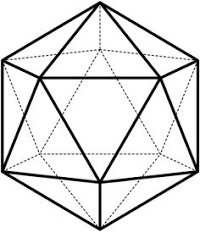
The space is chopped up into tetrahedrons from the planet surface into its core. There is an extra vertex at the centre of the planet for this.
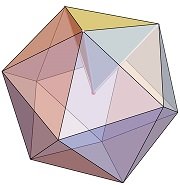
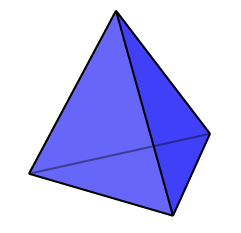
These tetrahedrons can be subdivided through to the core of the planet as required.
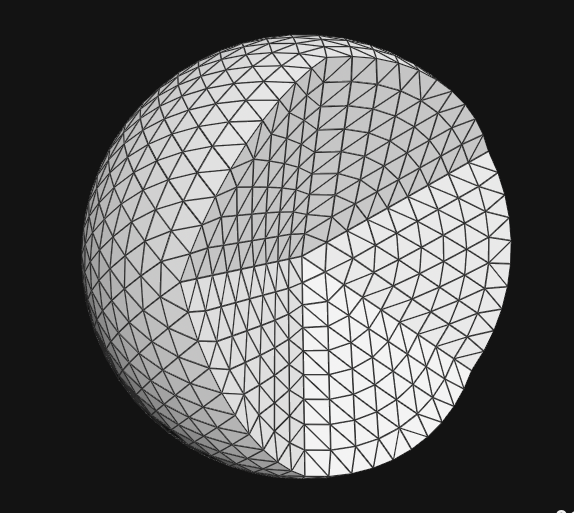
These illustrations are somewhat misleading though as this isn’t just generating a spherical mesh, but a bunch of voxels that could be empty space. The voxel points (vertices) hold information about what's actually in the space they occupy, whether it’s atmosphere, rock, magma etc. It is the job of the terrain generator to define what a voxel contains. I'm going to keep a clear divide between the planet voxel generation code and the terrain generation code this way.
I have some uncertainties on how to best manage the subdivisions of the planets voxels as required, but I’ll bash it out in a prototype.
Dynamic Changes
The game also needs to be able to make permanent changes to the terrain during play. Large explosions should create craters and I want them to persist. To do this I will need to be address the voxels and save state changes about them. I'm not 100% sure on the approach for this yet either. One train of thought is to basically create an algorithm for the voxel generation that that is able to assign each possibly generated vertex a unique 64bit number. That would have no waste and allow the maximum number of voxels, and some napkin math makes me believe it would have good detail on earth sized planets. Another approach could be some kind of hash of their XYZ or polar coordinates, though that will be more wasteful so it’d bring the total addressable voxels way below what a 64bit unique id could theoretically hold.
Ok that’s enough for now!




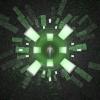



I've had some success applying the usual cube-> sphere transformations to a cube where each face is a voxel shell with some pre-determined thickness. It's not terribly elegant, but it's easy to get up and running. Your tetrahedral approach might avoid some of the distortion and apparent grid - interested to see how it turns out.